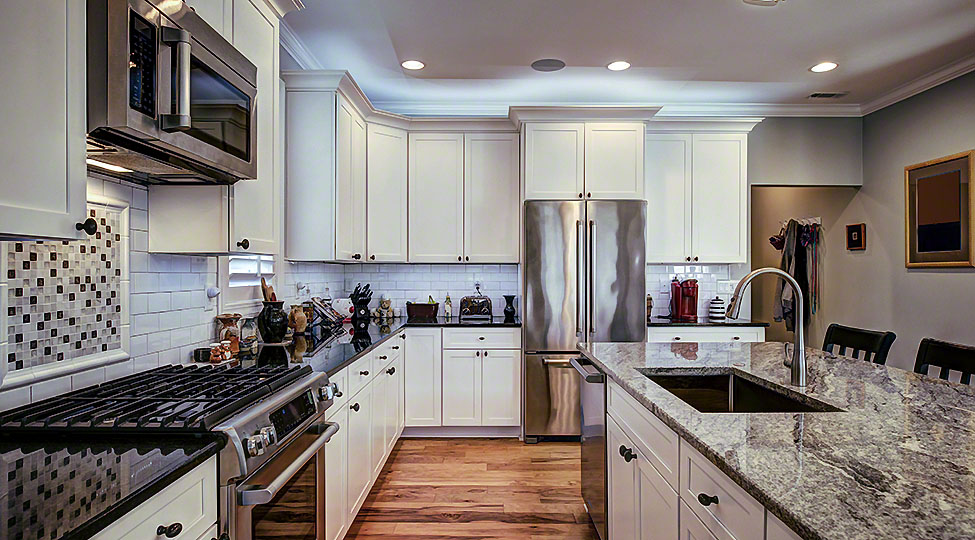How To Fix Your Refrigerator Freezing Food
Most of us have gone through the harsh experience of finding most of our items stored in the fridge frozen. This can happen to almost every item that you store in your fridge. While most of the frozen foods can be eaten, the expanding water particles in these foods usually cause their texture and taste to change. Accidentally freezing can be a harsh experience to go through, but before you call your fridge manufacturer’s support staff or an appliance repair expert, there are certain steps that you can take to try to help the situation. You should read and follow the steps mentioned below carefully to prevent food from getting frozen in your fridge ever again.
Take A Look At The Settings
Before proceeding with any refrigerator troubleshooting step, you should take a look at the settings of your refrigerator. Never just rely on the dial to measure the temperature inside the fridge, as there are certain other factors in the fridge as well which can cause unexpected temperature fluctuations, and lead towards freezing your food.
If you find that the temperature on the dial is set too low, you should turn it up a bit to see if that helps resolve the issue. However, you shouldn’t set the temperature too high either, as this might cause the food to rot. Warm food can accelerate the growth of bacteria inside itself, and can make you sick.
However, you can use a thermometer to get an accurate temperature reading if you have an old fridge model with unreliable dial. You can invest in a thermometer to get an accurate estimate of the temperature inside the fridge.
Find Out The Actual Problem
If your fridge is still freezing food inside after turning up the dial (increasing the temperature in settings), you should manually inspect to see the area of your fridge in which the problem is occurring. This problem usually happens in the top and bottom parts of the fridge.
Usually, if this problem is occurring only in one specific area, it is very easy to fix. You can fix the problem by keeping temperature-sensitive foods out of that area of your fridge. If doing this doesn’t fix the problem, there can be a bigger problem with your fridge and you should get a fridge repair service to fix it.
Leave Some Empty Area Around The Vents
Once you’ve detected the problematic area, you should see if the frozen food is placed directly below or besides a vent. Cold air enters the interior part of the fridge through the open vents, so any food placed directly in the way of that cold air can freeze. Generally, you can fix this issue by leaving at least 5 inches from all sides around a vent to keep the food safe from freezing.
However, if the problem seems to be with a door shelf, you can try re-adjusting its location to see if the problem gets resolved. Usually, older fridge models have vents and openings on the wall which separates the freezer from the rest of the fridge, so any food placed in door shelves placed directly under this vent can get frozen.
However, if you have a bottom freezer and the problem is happening on the bottom part, then it is almost certainly due to the air venting from the bottom freezer into the fridge. But this might also happen if you have a low quantity of food in your fridge.
Inspect Settings Of The Freezer
After checking the fridge settings and adjusting the position of door shelves and food in the fridge, you should check the freezer settings if the problem still seems unresolved. The bottom section of the fridge is usually its colder part as well.
You can try setting the freezer on a high temperature (never set it above 0 Fahrenheit). Keep in mind that too high temperature can cause bacterial growth in your food to accelerate. If your ice maker is always on, you should try turning it off for a while and see if the problem goes away. Keeping your ice maker on all the time can make your fridge too cold, which, in turn, can cause the refrigerated food and other items to freeze.
Moreover, if the problem persists, call in a refrigerator repair Northern VA service to fix the issue.
